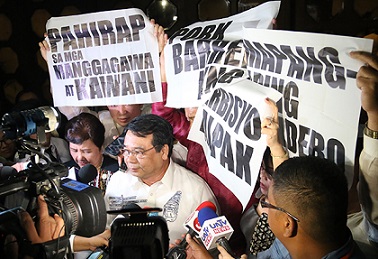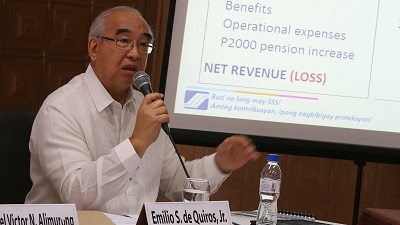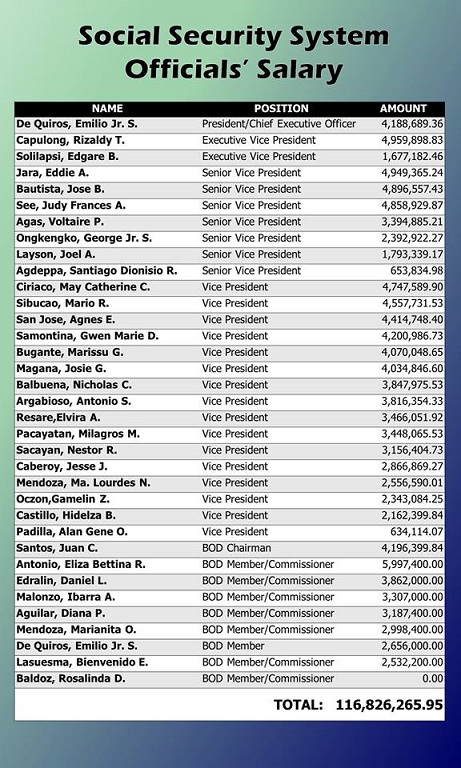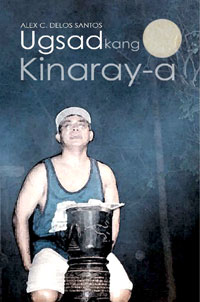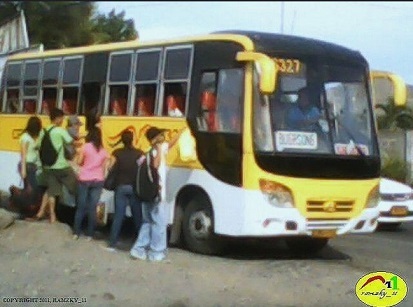It has been 30 years since that one shining moment in Philippine history when the people came together to put an end to tyranny.
As Che Francisco, a colleague in Ang Pahayagang Malaya, remarked , “Parang kelan lang.”On this day, Feb. 24, we, in Malaya were covering the fast-changing events non-stop. I was sleeping in the office. Malaya editors were working in a safe house as rumors were swirling about raids of newspapers unfriendly to Marcos.
In the evening after the editorial work, we would go to Camp Crame where Fidel V. Ramos, then the chief of the Philippine Constabulary-Integrated National Police and then Defense Secretary Juan Ponce-Enrile, were holding fort together with the rebel soldiers and police officers after they declared on Feb. 22 that they were breaking away from then President Ferdinand Marcos who had been in power for 20 years.
I had come from a very moving and exhausting coverage of the burial of Evelio Javier, former governor of Antique and one of the leaders of Cory Aquino, who was killed on Feb. 11 while monitoring the canvassing of the results of the Feb. 7 presidential snap election in Antique.
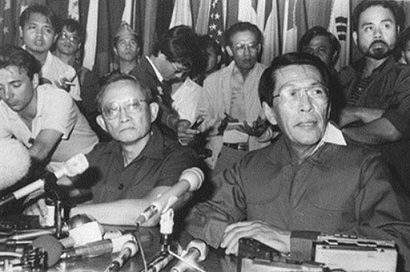 The noontime murder of Javier – the assassin run after him across the town plaza and finally caught up with him in the bathroom of one of the stores nearby- added to the already tense situation in the country.
The noontime murder of Javier – the assassin run after him across the town plaza and finally caught up with him in the bathroom of one of the stores nearby- added to the already tense situation in the country.
There were reports of massive election irregularities in areas controlled by Marcos. Comelec tabulators walked out declaring that they do not want to be a party to cheating. Early election results as tabulated by the citizens’ quick count, NAMFREL, put Cory Aquino winning but the lead was slowly being eroded as votes from Marcos bailiwicks were coming in.
Cory called for civil disobedience if the people’s will would be frustrated by election results. Then Ramos and Enrile’s coup d’état which they called “the People’s Revolution.”
Noontime of Feb. 25, there were two inauguration of winners of the 1986 snap election. Marcos took his oath at the Malacanang balcony surrounded by grim-looking members of his family. Cory Aquino took her oath at Club Filipino in Greenhills before a jubilant crowd.
Evening of Feb. 25, Marcos and his family boarded a helicopter provided by the U.S. government from Malacanang grounds. They were brought to Clark Air Base where a C-130 was waiting which brought them to Hawaii.
That paved the way for Cory Aquino’s ascent to Malacanang. She declared a Revolutionary Government and disposed of the Constitution written under the Marcos regime. A new Constitution was written.Four presidents have been elected – Ramos, Joseph Estrada (his term was cut short by another People Power), Gloria Arroyo, and Benigno Aquino III- under the 1987 Constitution.
It is significant that we are celebrating EDSA 30 with Cory Aquino’s son presiding the celebration. It’s like coming full circle.
The question frequently asked is, “Has life for the Filipino people changed for the better because of EDSA One?”
Whatever is said about EDSA One especially the fact that poverty remains a heavy burden for many Filipinos, we are better as a nation because of that four days in February that we stood up to end the Marcos dictatorship. Foremost is the restoration of democracy.
How we handled our regained freedom is all up to us.


